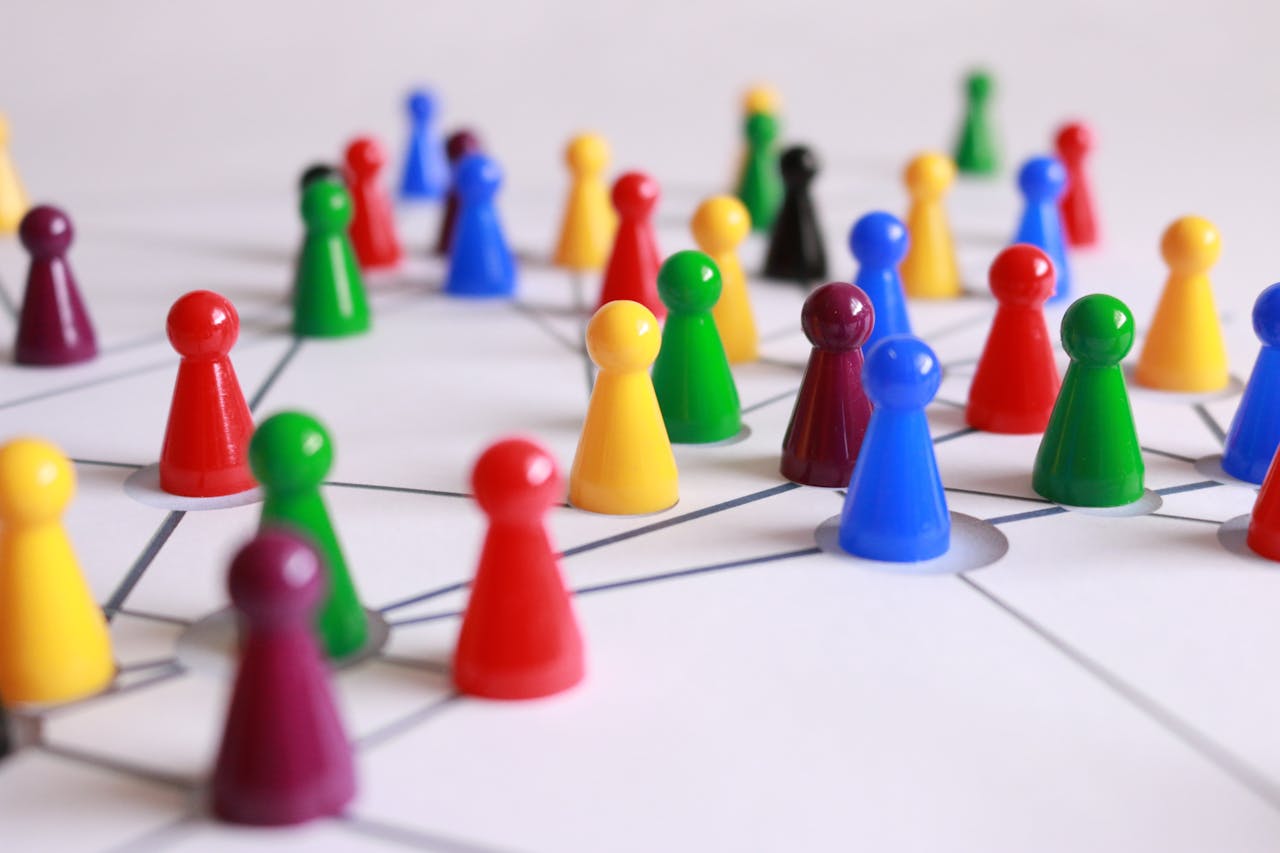From Sideline Stress to Constructive Leadership: Spotting and Shifting Unhelpful Patterns in Sport
“Why does this keep happening?”
If you’ve ever sat with an athlete unraveling after a game, or watched a team fall into the same toxic loops over and over, you’ve probably asked that question to yourself or out loud.
The game changes, the context shifts, but the pattern stays eerily familiar.
- A veteran player berates a rookie after a mistake.
- A coach jumps in to “help” so much that the team stops thinking.
- A star teammate becomes the emotional glue for everyone else and burns out.
- A bench player pulls away, unseen and increasingly disengaged.
- After a loss, fingers are pointed or heads hang low, but no one really learns.
As a sport and exercise psychologist in training I can tell you: these patterns are more than just behavioural hiccups. They’re signs of deeper emotional habits. Roles people fall into under pressure. Roles that might feel justified in the moment but end up reinforcing stuckness, tension, and underperformance.
The good news is…
With a shift in mindset, these same moments can become some of the most transformative turning points for athletes, coaches, and teams.
There are a few classic examples that reveal what really happens when tension takes the lead and how things shift when we respond differently.
Scenario 1: The Veteran and the Rookie
Old Pattern: The experienced player snaps at a rookie after a mistake. The rookie shrinks. The atmosphere gets colder, not stronger.
New Possibility: The veteran takes the rookie aside: “I’ve been in that exact spot. Want to walk through it together?” The rookie feels seen, not shamed, and walks into the next game more confident and prepared.
✳ What shifts? Leadership becomes a relationship, not a performance.
Scenario 2: The Coach Who Micromanages
Old Pattern: The coach intervenes constantly. The team stops thinking for themselves and waits to be told what to do.
New Possibility: The coach pauses and asks: “What are you noticing right now? What’s one adjustment you’d make?” The players tune in, talk to each other, and start solving problems themselves.
✳ What shifts? Authority is shared. The team becomes adaptable under pressure.
Scenario 3: The Star Who Tries to Fix Everyone
Old Pattern: One player mediates every fight, picks up emotional slack, and tries to hold the team together, until they feel exhausted and under-appreciated.
New Possibility: The player notices a rising conflict and says, “Seems like something’s going on. Do you two want to talk it out? I can help, but only if it’s helpful.” They support, but don’t rescue. They respect their limits.
✳ What shifts? Empathy stays intact — without creating emotional dependency.
Scenario 4: The Overlooked Player
Old Pattern: A benchwarmer assumes they’re not valued. They withdraw. When they finally get a chance, the lack of confidence shows.
New Possibility: They stay engaged, ask for feedback, and use game time to stay sharp. When the moment comes, they’re ready and they know they earned it.
✳ What shifts? Identity isn’t outsourced to playing time.
Scenario 5: The Post-Loss Meltdown
Old Pattern: Players spiral: blaming refs, teammates, or themselves. The loss becomes something they carry, not something they grow from.
New Possibility: The team debriefs honestly: “What did we try? What would we do differently next time?” The energy shifts from shame to learning.
✳ What shifts? Loss becomes part of the process, not a threat to identity.
Why This Matters for Us
As someone working in sport psychology, I’m here to tell you that it’s not just about improving performance: it’s about improving how you relate. To yourself. To your teammates. To pressure. To the game itself.
What I’ve learned is that we all get caught in emotional loops sometimes, even when we don’t notice. But once you start recognising those patterns, you can choose to respond differently: taking control instead of reacting, reflecting instead of blaming, connecting instead of trying to control everything.
These moments can be messy and intense, but they’re completely human – and they’re exactly where real change happens.
So next time you see tension rising on the team, a coach stepping in too much, or an athlete shutting down, try asking yourself:
What role might each of us be playing here? How could we all step into different ways of showing up next time, if we noticed the patterns sooner?
Because real change begins with awareness.
Want to learn how to shift these dynamics in real time? Book a free introductory call with me to explore how 1:1 sessions can help you build emotional agility, manage conflict, and improve performance under pressure.





